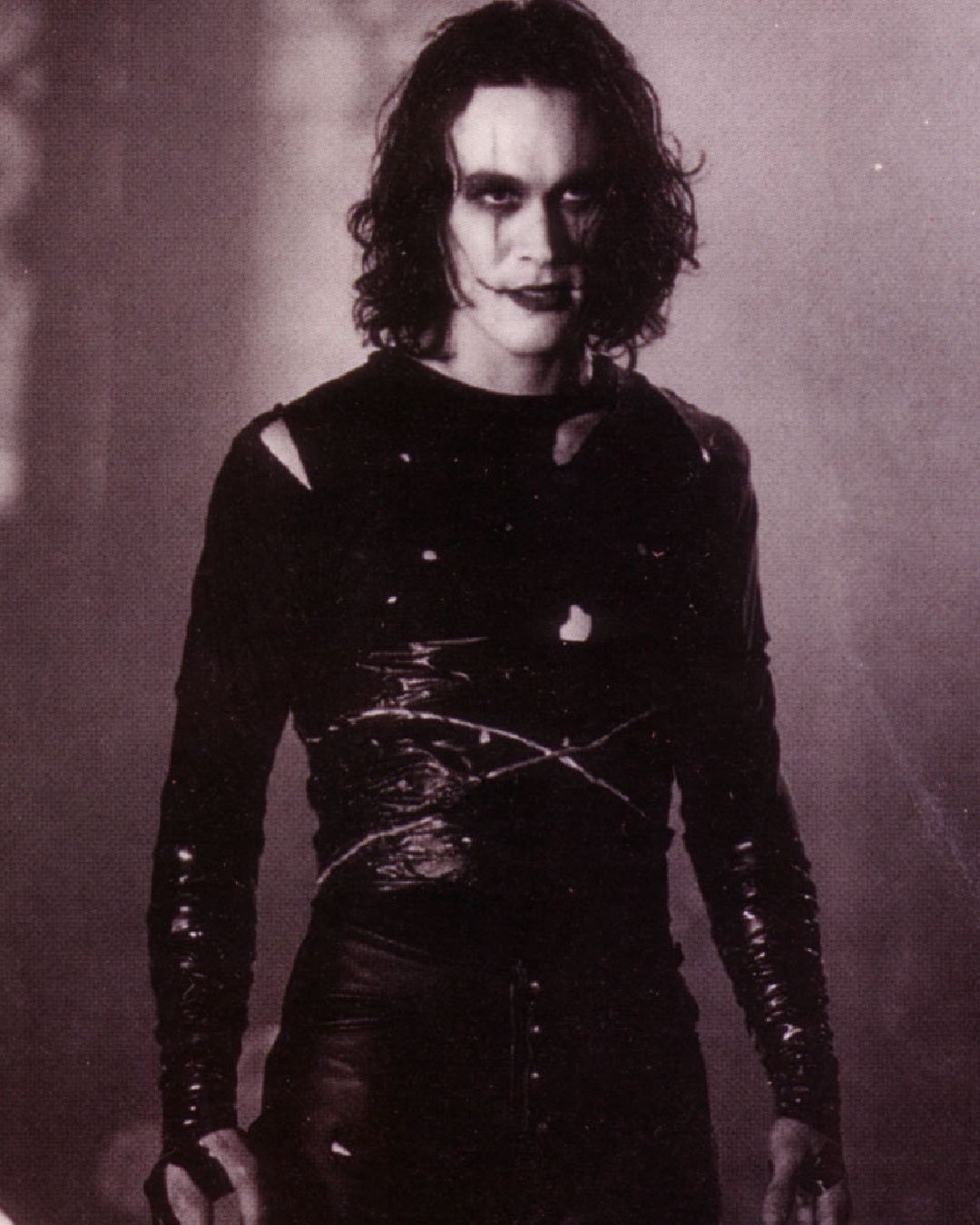
What The Crow has left us, thirty years later History of the 1990s cult that turned tragedy into myth
It is said that it can't rain forever, but some films have the power to live on eternally. This is proven by The Crow, a 1994 film based on the comic of the same name by James O'Barr, translated into twelve languages and with millions of copies sold, which returns thirty years later with a remake version starring Bill Skarsgård and FKA Twigs, who are unable to replace the iconic status of the original protagonist Brandon Lee—who continues to live on even decades later, along with the tragedy that accompanies him. A premature and dramatic death that accompanies the supernatural spirit of the work directed by Alex Proyas, which in its own way helped to make even more mystical a story of returns and the afterlife, in which love is the force that drives everything and which, with the first The Crow, is remembered as the very memory of Lee. Twenty-eight years and a career launched almost ten years earlier, even considering the privileged path paved by his father Bruce, from whom he sought to differentiate himself precisely with The Crow, the actor became involved in an accident that, like the character of Eric, led him into the world of the no longer living ahead of time. Wanting to prove that he was not just the son of the martial artist, Brandon was chosen for the adaptation of a story filled with violence and revenge, of stolen youth and the search for peace. It is painful to think that the actor, like his Eric with the beloved Shelley, was supposed to get married just a few weeks later to his fiancée Eliza Hutton, an assistant on set to whom the film was dedicated, along with Lee. Another confirmation of how, often, cinema and life—and in this case, unfortunately, its end—follow unforeseen and parallel paths. Impossible to predict, even for the best screenwriters in Hollywood.
@new__coke “It can’t rain all the time.” . . . . #thecrow #ericdraven #deftones Prince - Deftones
It was precisely at the will of his fiancée that the film was completed, using stunts and illusions to give the impression that Brandon was still among us—including Chad Stahelski, a friend and stunt double of the young actor, who twenty years later became the director of the John Wick saga. The accident that took Lee's life was eerily repeated in 2021, on the set of the western Rust: due to production negligence, Alec Baldwin fired a loaded gun at cinematographer Halyna Hutchins, fatally wounding her. A mistake, another one, occurring twenty-seven years after the death of one of the great screen promises, who thus remained intact, immutable, fixed in the memory of his Eric. On the set of The Crow, it was the laziness of a few, a group of props handlers who, instead of going to buy the correct blank rounds for the scene, chose to find a makeshift solution, resulting in a real shot and a hemorrhage for the lead actor. It's terrible to think that it was Lee's fiancée who first noticed it: while everyone else returned to their positions to reshoot the sequence, Brandon Lee remained lying on the ground, with a bloodstain spreading on his clothes, rushed to New Hanover Regional Medical Center and died after an operation that lasted about twelve hours.
No one has ever looked cooler than Brandon Lee in The Crow (1994) pic.twitter.com/04SKCKJXWd
— cam (@GreenEggzAndCam) August 27, 2024
It is wrong to believe that it is only because it is considered a "cursed film" that The Crow continues to resonate with today's audience, so much so that it doesn't need a remake, directed in this case by Rupert Sanders, written by Zach Baylin and William Josef Schneider. Without wanting to demonize an industry that tries every few years to rewrite its stories, the 1994 work stands as an example of a film still perfectly capable of presenting itself to the public with modernity, more so than this new young adult version does. The genre in some way also belongs to the nineties film, but with it, there is a completely different power, derived from the balance of the union of its protagonists with the suffering due to their deaths, as well as the second chance that love can give you—that is, to return after death to find peace. The style of Proyas' The Crow has entered the common imagination thanks to unique qualities such as Eric's mask, a ghostly version of interrupted youth that therefore becomes the face of terror, the leather trench coat and heavy boots on which the protagonist lands every time he swoops down on his enemies. The character of the film is determined by the unprecedented violence permeated in Detroit on October 30th, on the eve of Halloween, as well as by the combination of a mature, unsettling, and dark narrative that doesn't spare sentimentality, that chases 90s fashion but also redefines it, making the work a cult. The Crow is thus a state of mind, it is something beautiful that is torn away, and of which we try to keep a shred. Eric tries. The audience tries. Resonating like rock music, another key component of the film, reverberating like an endless song inside speakers. It is a young story, of a young person, and it speaks of how it will remain so forever. It is the blending of reality and fiction, outside and inside the screen; of the meeting between what art can offer and the cherry on top that life adds. Unfair, ominous, but it is also how myths are created.














































